And other adventures in cut flower farming
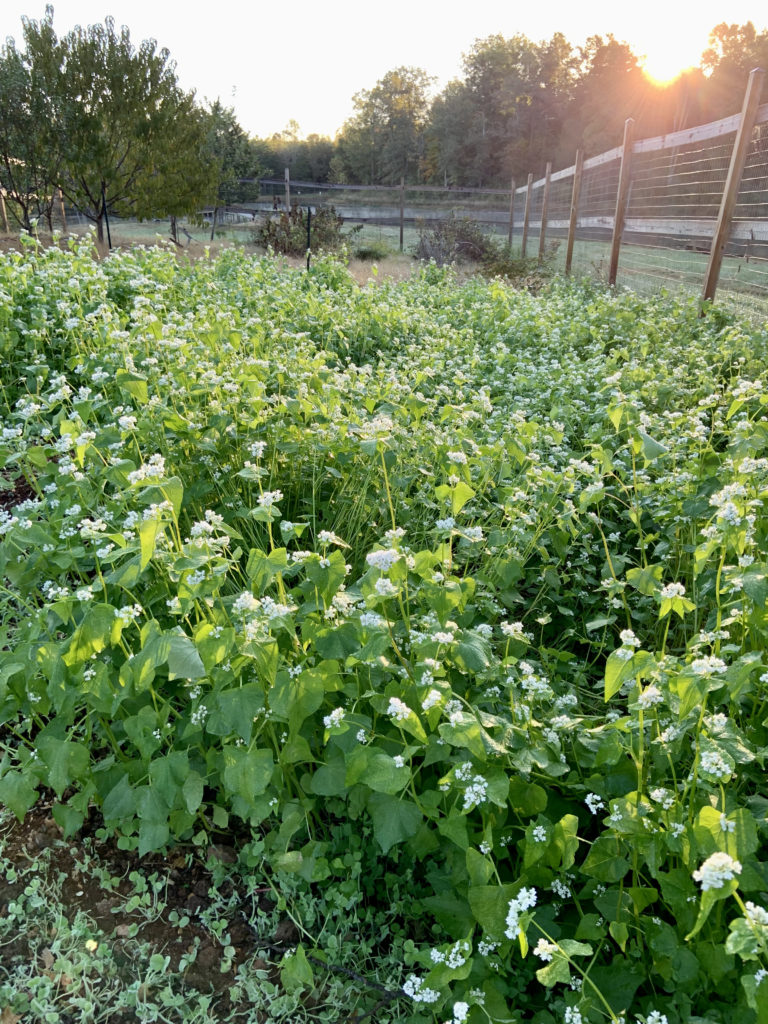
Flower farming sounds so romantic, doesn’t it? Fields of blooms, vases full of flowers and dreamy field photos. Well it can be wonderful but you’ve got to put in some work to make that happen! We are at the very beginning of our flower farming journey, so we know very little of what we are in for in all reality.
However, I have taken many online and in person classes for this and one thing I know for sure: without good soil, you don’t stand a chance! To that end, we have been cover cropping and amending soil like crazy now for 2 years and this is the story of what we have managed to accomplish so far.
3 years ago when we bought the farm, we immediately started planting woody shrubs that could be cut on for arrangements. Things like ninebark, hydragea, crab apple trees, lilac, berry bushes, ornamental grasses and peonies. Without irrigation, these things have survived but I wouldn’t say thrived. Now that we are on site, it’s easier to give them a drink more regularly and the ponies have been hard at work providing ideal compost material and now these plants are putting on some size.
Roses are quite another thing. They truly do require good soil to thrive and fight off pests and fungus, so we set to work rotating cover crops and amending with compost regularly to convert our red clay into brown dirt. And I’m so pleased to announce we have done it! I will send the soil in to be tested to be sure we amend with what may still be needed when planting, but I think the 40 David Austin roses we have ordered will be very happy in their new home.
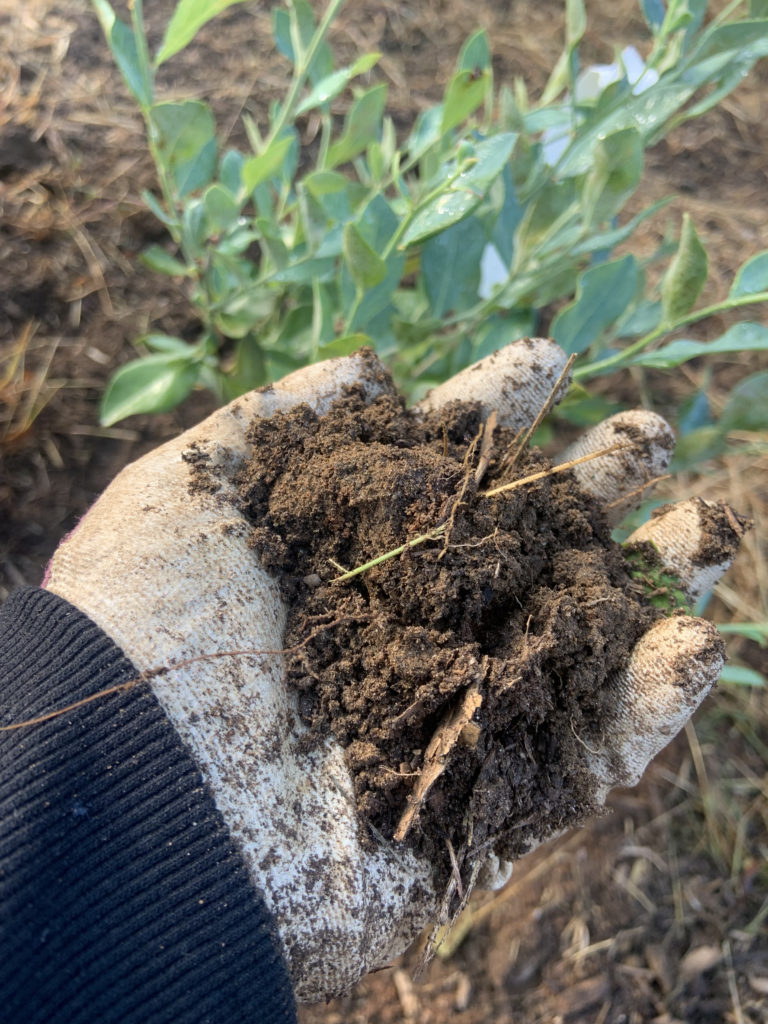
Another clutch amendment we have going for us is chicken poop. Our chickens have been gobbling up pests and “amending” our soil in this area as well for 2 years. This past weekend however, they have been evicted from this part of the orchard with a fence. You see, they do love to dig around the roots and we can’t have that!
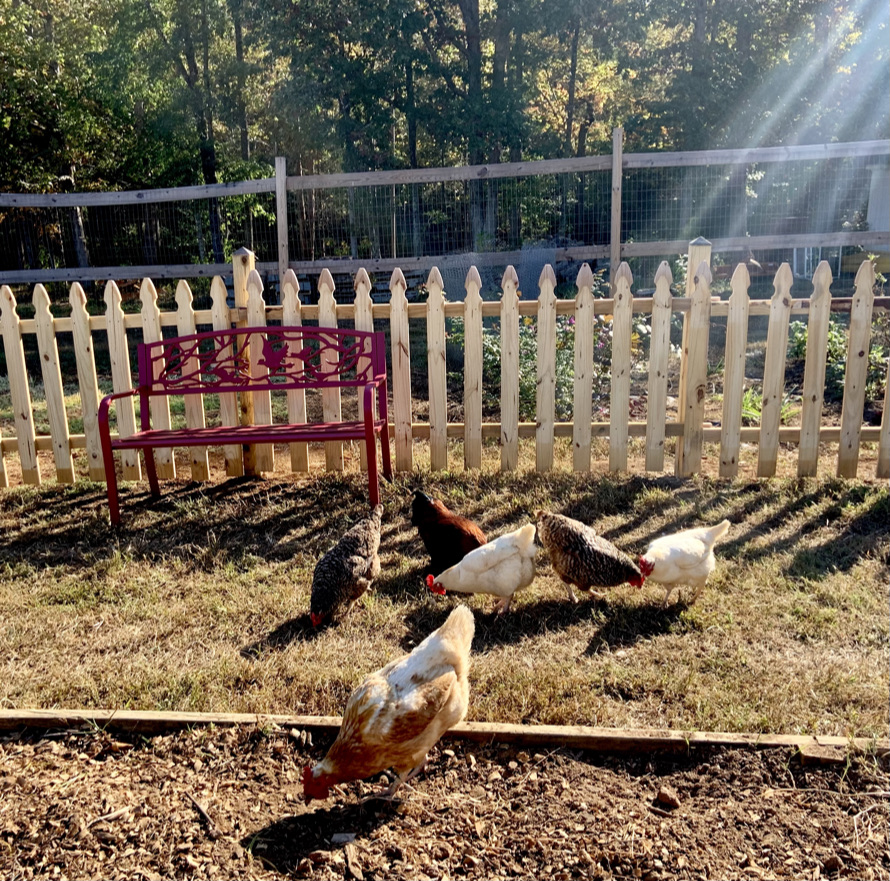
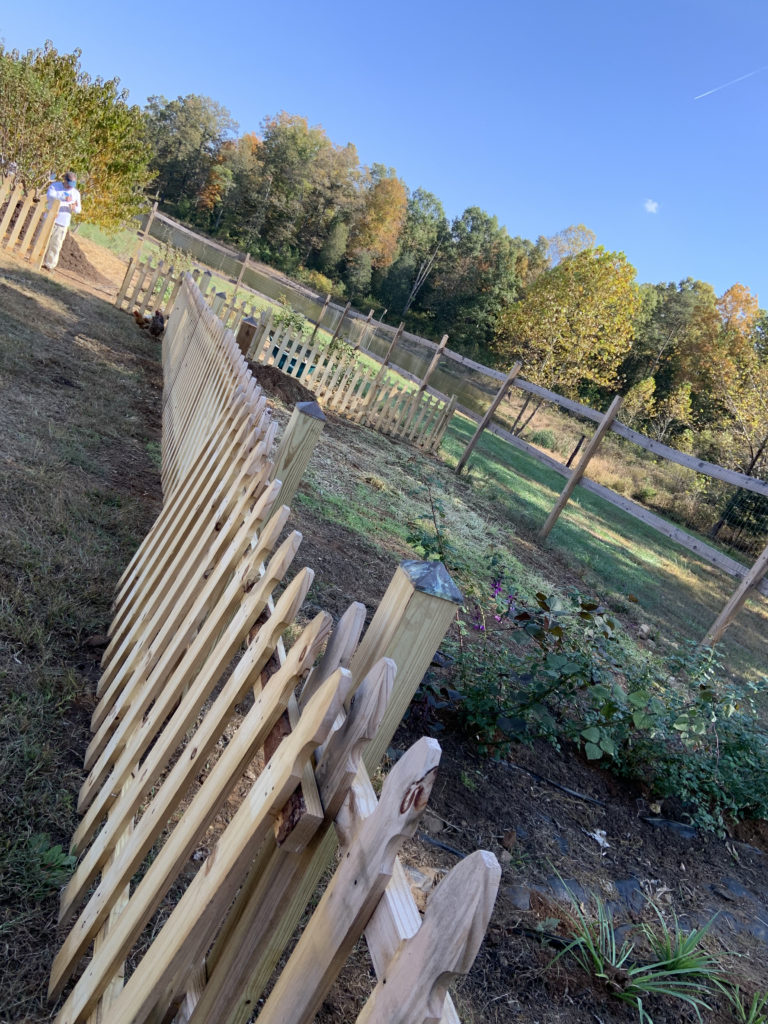
Back to cover cropping. We have been rotating between barley, clover and rye seasonally, extinguishing each crop just as it sets blooms. To do that we cut it down and cover with a silage tarp for about 6 weeks. This kills the crop and any weeds and after roughing up the soil, it’s ready to plant with the next crop.
The idea is, each crop imparts different nutrients into the soil and their roots break up compacted clay. When the roots decompose, this leaves voids in the clay for new plants and worms to be able to penetrate more easily.
Cereal rye is an excellent winter cover crop because it rapidly produces a ground cover that holds soil in place against the forces of wind and water. Rye’s deep roots help prevent compaction in annually tilled fields, and because its roots are quite extensive, rye also has a positive effect on soil tilth.
Buckwheat is the speedy short-season cover crop. It establishes, blooms and reaches maturity in just 70 to 90 days and its residue breaks down quickly. Buckwheat cover crops suppress weeds and attract beneficial insects and pollinators with its abundant blossoms.
There are also many benefits to using red clover as a cover crop, including nitrogen production, serving as a weed suppressor and being widely adaptable.
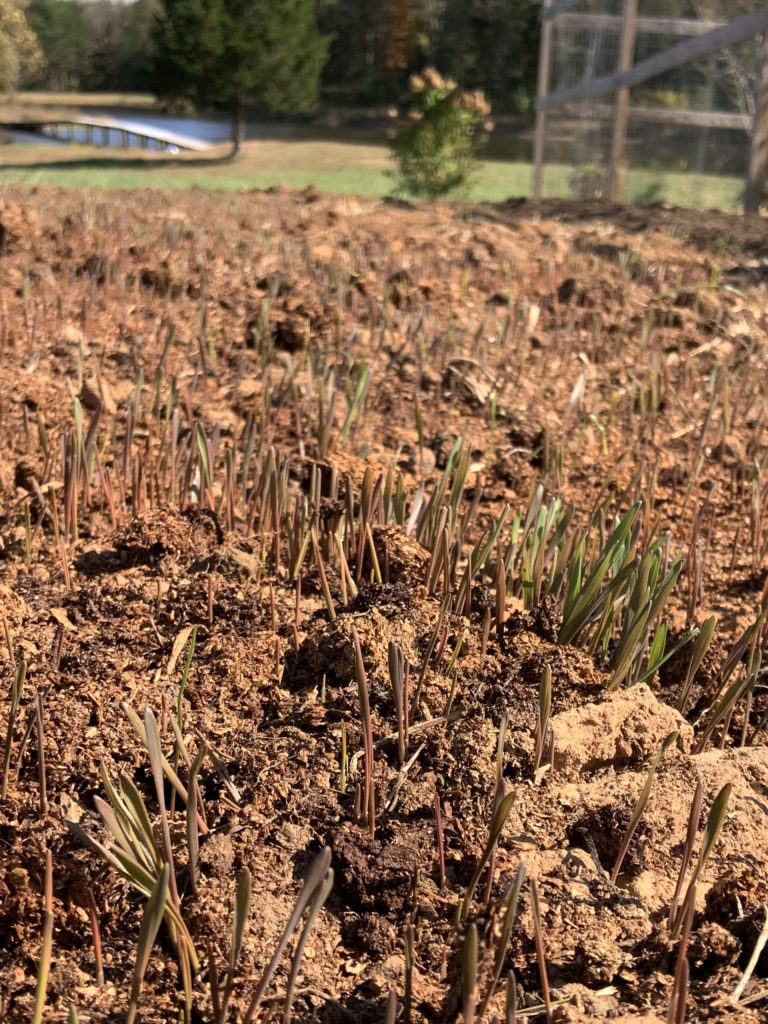
This photo is showing the first round of cover crop in this area. We are planning annual flower seedlings like zinnias and sunflowers to begin this spring and with the help of lots of compost, hoping for good things. The upper half of this bed has already been planted with cool flowers.
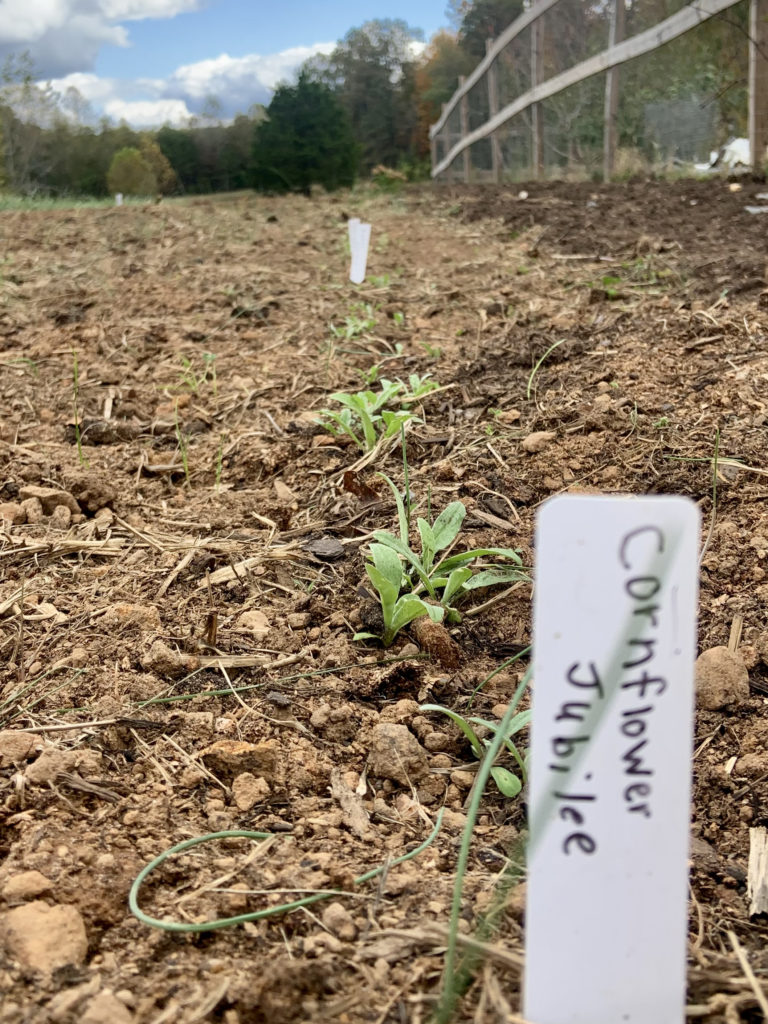
After the cool flowers give out we will sneak in a quick cover of barley and then prepare to try cool flowers again next fall. We will try to keep with a no till method and let our earthworms do the heavy lifting. But weed pressure is very real in Virginia, so we won’t know for sure how this is going to go until we try! We have a saying here on our farm…”We do it right because we do it twice!”
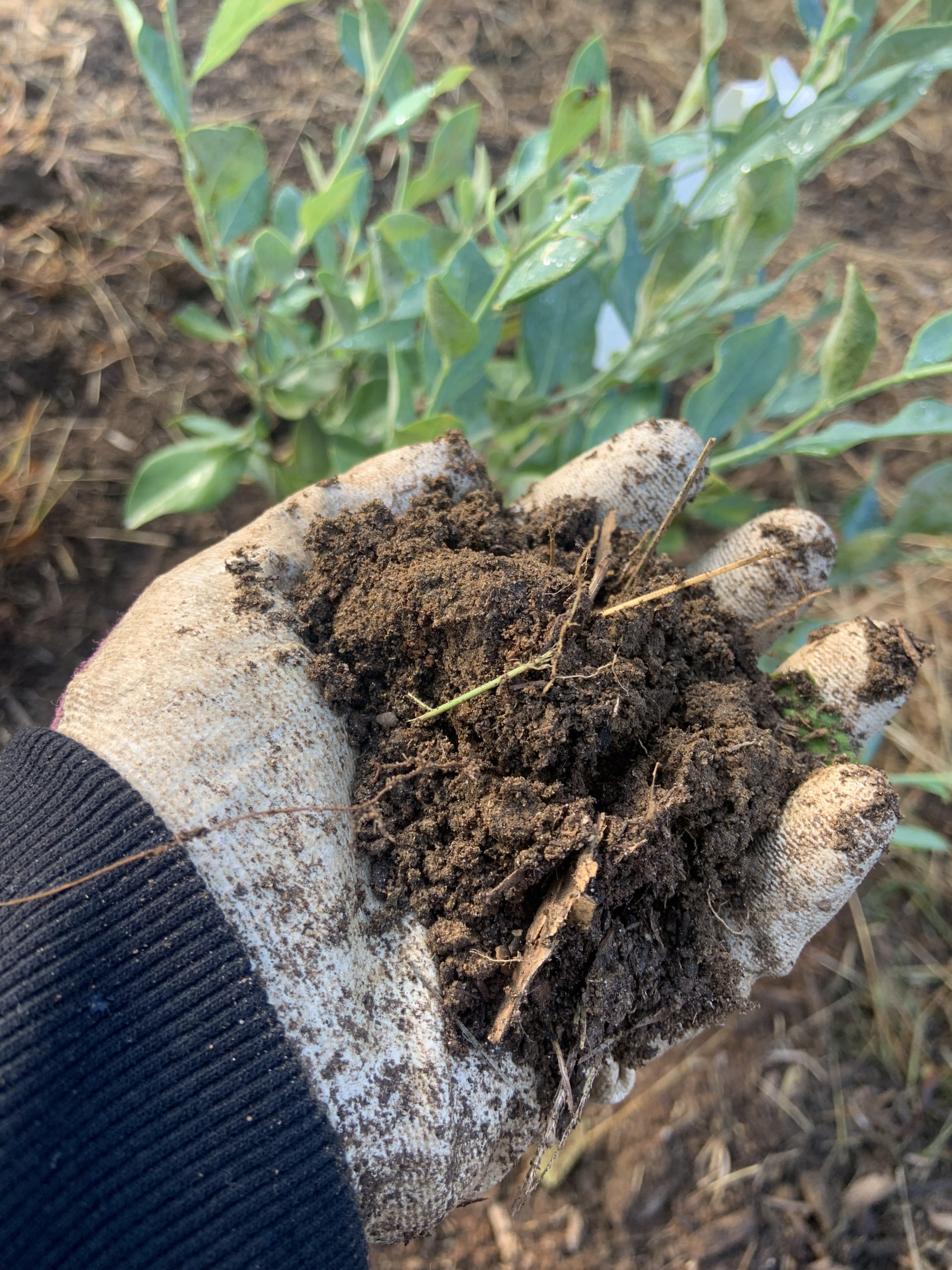
Be the first to comment